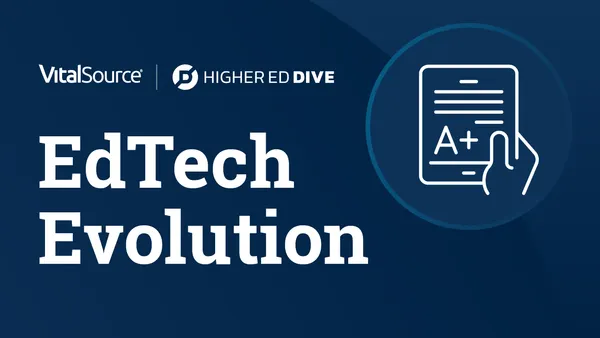Higher education institutions count on extensive amounts of data to guide decisions, track student success and ensure accreditation compliance. Yet, when that information is incomplete, scattered or outdated, it creates obstacles that slow down progress.
Administrators and faculty are then left sifting through inconsistencies that make it harder to generate accurate reports. As a result of these inefficiencies, quality issues can impact funding, compliance and institutional outcomes. Organizations should address these challenges by understanding the most common pitfalls and exploring ways to overcome them.
Common Data-Quality Challenges in Higher Education
Maintaining high-quality data is essential for colleges and universities, but many face persistent challenges that keep them from utilizing information effectively. Below are some of the most common issues they experience.
1. Fragmented or Siloed Data
Higher education organizations are increasingly leveraging multiple cloud solutions to manage their data, often leading to fragmentation across different systems. Reports show that 43 percent of organizations cite an increasingly distributed and remote user base as a key driver of this shift.
While cloud-based tools provide flexibility, they also create challenges in integrating and standardizing insights. Therefore, it can be hard to get a clear view of institutional success.
2. Inaccurate or Outdated Information
Accuracy is critical for compliance, funding and tracking student success, yet many struggle with outdated or duplicate records. Errors arise when manually entering information across multiple platforms or when reporting structures vary across departments. This challenge puts institutions at risk of making inaccurate decisions, impacting several aspects of operation.
3. Lack of Data Governance
Organizations face challenges in ensuring security, accessibility and consistency. Many colleges and universities lack clear policies on how they should collect, store and use data. This leads to compliance risks and vulnerabilities, compromising data integrity and security.
4. Inability to Use Insights Effectively
Many universities struggle to translate figures into insights. Studies show that higher education institutions lack resources when leveraging data for strategic planning. This gap stems from several issues, such as a lack of integrated analytics tools and limited expertise. Institutions then miss valuable opportunities to improve student outcomes and enhance operational efficiency.
Solutions for Overcoming Data-Quality Issues
To avoid one or more of these challenges, it is important to implement the following solutions.
1. Centralize Data Management
To maintain accuracy and consistency, colleges should centralize data by integrating various platforms into a unified system. Such actionable measures will ensure all departments have access to the same reliable information.
2. Automate Data Validation and Cleaning
Manual data entry errors and outdated records can affect decision-making, so automating validation and cleaning processes is crucial. This strategy helps schools identify inconsistencies and maintain updated records. Plus, automated solutions reduce administrative burdens while improving overall data integrity.
3. Implement Data-Governance Strategies
Establishing standardized guidelines for data collection and usage is key. It ensures compliance and enhances reliability. Additionally, staff training on best practices further strengthens governance efforts.
4. Leverage Analytics Tools
Colleges and universities need the right tools to analyze and extract information. With analytics platforms, key decision-makers can track trends and measure performance, helping them create informed strategies.
How Data-Management Platforms Are Enhancing Higher Ed Data Management
Higher education needs solutions that drive consolidation and provide actionable insights. Data-management platforms address these challenges by unifying disconnected information into a centralized platform. This integration allows institutions to streamline reporting and track student success.
Additionally, intuitive dashboards help by translating raw data into easily understandable information. These insights help with strategizing and planning to meet institutional goals. With the right tools in place, colleges and universities can do more than manage data — they can use it to drive long-term success.
Moving Forward With Better Data Quality
Higher education experiences many challenges in retaining data quality. Yet, by implementing strategies for improvement, they can create a more efficient and innovative approach to leveraging it.
Watermark’s Educational Impact Suite (EIS) can help higher education institutions overcome these issues by unifying data, enhancing reporting and providing deeper insights. With Watermark, administrators can drive decision-making that gears their institution toward success. Experience the benefits firsthand by requesting a demo today.










